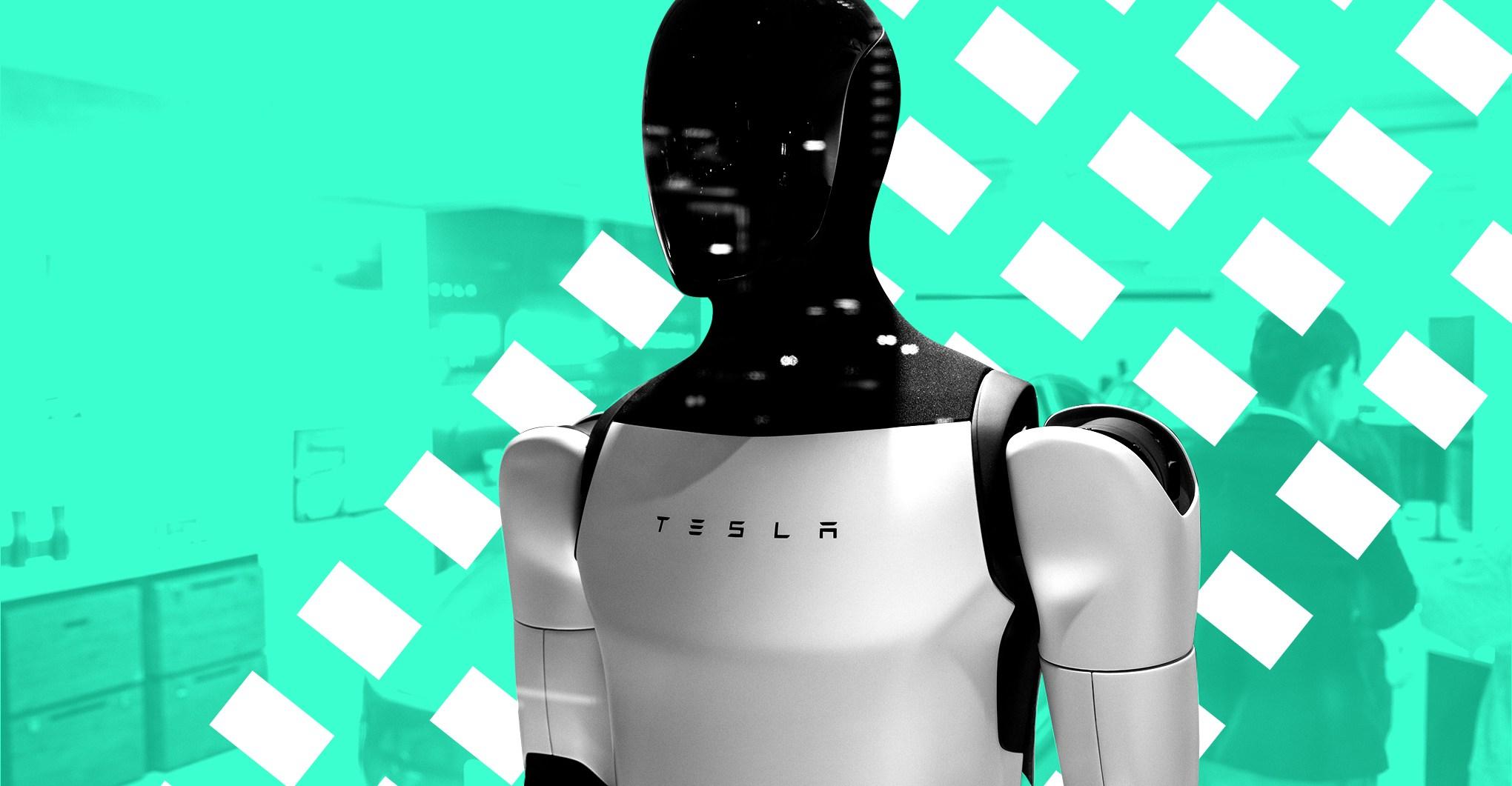For most of advertising history, “red” or “blue” as partisan loyalty signaled more your taste for Coke or Pepsi than your identity as Republican or Democrat. Mass markets, by definition, necessitated selling to both sides of the aisle. As with so much else, t…

Published 2 سال قبل on مئی 30 2024، 12:00 شام
By Web Desk

For most of advertising history, “red” or “blue” as partisan loyalty signaled more your taste for Coke or Pepsi than your identity as Republican or Democrat. Mass markets, by definition, necessitated selling to both sides of the aisle. As with so much else, the presidency of Donald Trump — built upon a self-conceived human brand — radically upended those norms. Post-2016 election, one Adweek column thundered, “Brands cannot expect to play Switzerland as the rest of the world picks a side.” Consumer culture suddenly became the vehicle for political expression, with Madison Avenue giving voice to countless causes. The staid “corporate social responsibility” morphed into the more muscular “brand purpose,” which beget impassioned activism. Social justice became “trendy;” politics, the means to signal commercial “integrity.” Today, just as during the Trump presidency, controversial issues abound, protesters convulse public spaces, and a divisive election looms. The world is picking sides — on abortion and Gaza and Trump’s trials. And from brand-land? By and large, the sound of silence. That’s because, despite prior pretense, advertising follows, not leads; it needs markets, not morality. That silence, therefore, says much about our sociopolitical moment: As culture warriors find themselves on the defensive, brands, wary from the backlash against Bud Light’s use of a trans influencer, no longer show interest in advancing their causes. Indeed, today’s primary “cause” — and, arguably, election issue — is lower on the hierarchy of needs: cost of living. That makes for a more practical, less symbolic battleground for commercial content. In 2024, whatever else might happen, the revolution will not be advertised. During the Trump years, advertising evolved a bit like journalism: It went from ostensible objectivity and pitching its product across allegiances to satisfying partisan preferences and selling to niches. As society polarized and fragmented and everything got politicized — the NFL, safety pins, low-flow toilets — neutrality came across as craven delusion. This fundamentally shifted the logic and basis of consumer choice. Previously, we thought, “If I’m going to buy paper towels, are they useful? Are they inexpensive?” one marketing executive explained to me. By 2020, “societal issues [had] become brand attributes ... in terms of product purchases.” The question became: How “woke” are your paper towels? If the ads of the 2010s felt like they were talking back to Trump, you're not mistaken. Like other domains of cultural production — journalism, the popular arts, academia — brand-land leans left. For many such news topics invoked commercially — race, guns, the environment — creative professionals couldn’t conceive of there being “two sides” to the story. And the sheer variety of issues that brands subsequently embraced could crowd K Street. Levi’s and Delta demanded gun control. Nike amplified Colin Kaepernick’s Black Lives Matter kneel, as did some $50 billion in corporate pledges toward racial equality. Patagonia rejected Trump’s signature legislation — an “irresponsible tax cut,” its CEO accused — by giving its $10 million in corporate windfall to environmental groups. In the wake of Trump’s border wall and “Muslim ban” proposals, the Super Bowl — those three hours every year that Americans aren’t desperate to avoid advertising — featured Budweiser, Airbnb, and others all weighing in on the moral imperative to welcome dream-chasing foreigners after an arduous journey, rather than caging them and taking away their children. “Every single ad, like, literally every chewing gum brand was trying to say something about immigration, because you wanted to be relevant,” an advertising strategy director joked. Politicized ads shown during the Super Bowl reportedly quadrupled last decade. That activism aimed to be endearingly authentic: true to the brand “self,” as silly as such anthropomorphism is. But it sometimes landed tangential and random. Burger King championed net neutrality; a frozen-meat brand soliloquized about the perils of disinformation on social media; on January 6, Axe body spray declared its faith in the “peaceful transition of power.” Not the usual takes you’d expect from consumer packaged goods. Brand-land was arguably taking its cues from market demand: One poll found nearly three-quarters of consumers wanted retail companies to stand up for their political beliefs and another found two-thirds would switch from a brand if those didn’t align with their own. At times, those consumers themselves took the initiative on activism. Much like today’s protesters clamoring for Israel divestment, a #GrabYourWallet boycott of Trump-aligned products and companies went viral. The personal has, of course, long been political, but during the 45th presidency, the civic became commercial as never before. Then, just as quickly as it had stormed the barricades, Madison Avenue abandoned them. “There wasn’t necessarily a [brand] playbook in all of this,” says Doug Zanger, longtime ad industry observer and founder of Indie Agency News. Zanger explains that the 2016 election rewrote many of the rules in that playbook, as did the 2020 election. Today, with, say, Israel and Gaza, “these are really thorny, real-life issues that I honestly don’t think brands need to take a stand against.” He adds, “If I’m a brand manager that’s selling soap, I don’t know why I would bother.” Even unintended imagery runs risks. In December 2023, Zara faced boycotts and protests when an Instagram posting of a model carrying a mannequin wrapped in white cloth, against a backdrop of disarray, seemed to callously evoke Palestinian devastation. Amid all that political tumult, this year’s Super Bowl ads were a holiday from history: pickleball-playing babies and apartment-needing aliens and human couch-potato farms. That’s normal, in terms of tradition, yet still a departure from Trump-era antagonisms. Again, commercial communication follows, not leads. Advertising’s activist retreat mirrors a reversal in public sentiment, perhaps a post-pandemic fatigue. One poll finds just 20 percent of Americans are now interested in corporations taking a stand on political issues or current events, and fewer than 30 percent want to hear brands opine on international conflict. Curiously, among the least supported issues (for brand engagement, at least) are many that defined the commercial battlegrounds of the Trump years: police reform, immigration, LGBTQ+ rights, and abortion. More than 80 percent of marketing executives are apparently anxious about how to play these election year issues. Hence, Marc Pritchard, Procter & Gamble’s chief brand officer, told Cannes: “In today’s world, moving into areas of advocacy that are outside of your brand’s wheelhouse, that’s where things can get undone,” he cautioned. “The simplest way to think about it is to look at where are people now. In times of inflation, and probably other times, people want to know about brand performance. Is it a good value?” Perhaps there’s another type of issue that’s more pressing to Americans right now, one that retail companies can uniquely speak to because, historically, that was their primary messaging domain: How much are we paying and for what? After all, rising prices are arguably the defining political issue of the Biden era. That doesn’t allow for sexy, flashy branding — or even the moral, culture war invocations of the Trump years — but it’s top of mind when you have to pay 15 bucks for a sandwich or salad at lunch. In turn, that assumed attentiveness to price and utility treats the consumer as pragmatic rather than performative: someone concerned for what a product costs and does rather than how it might reflect their sociopolitical identity. It also suggests that virtue-signal shopping is a luxury less affordable during inflationary times. Unstated by Pritchard but surely informing his caution is Bud Light’s reported billion-dollar sales slide, attributed to a transphobic boycott following a fleeting partnership with social media star Dylan Mulvaney in early 2023. When that backlash exploded, Anheuser-Busch’s CEO defensively walked back any pretense of activism: “We never intended to be part of a discussion that divides people." There had, of course, been brand politics flops before. Starbucks nudged customers and baristas to, awkwardly, “Race Together” by striking up conversations about police-exonerated killings of Black men. Pepsi similarly pissed off the entire internet with its quasi-Black Lives Matter spot attaching the soda, visually and conceptually, to street protests in a way that’s unimaginable now, given the campus unrest of recent months. The Bud Light kerfuffle, though, had more of a financial and cultural impact on the brand because it represented a real mismatch of target audience and their perceived politics. Starbucks and Pepsi fans likely didn’t find anti-racist causes wrong, just the messaging heavy-handed and poorly executed. And post-Mulvaney, the influencer marketplace — an estimated $20 billion-plus industry — is increasingly scrutinized for risky content that might alienate one side or the other. Clients reportedly vet and flag controversial takes — even deploying AI tools to track down “every political word they could have said” — and drop partners if they veer into Israel-Palestine associations. One such creator who lost work for beseeching ceasefire noted what a dramatic turnabout this was from the post-George Floyd activism of 2020, when influencers felt compelled to, at minimum, post a black square on Instagram. “[Creators] are censoring themselves. They’re not posting things that they maybe would have considered posting about, specifically about the war [in Gaza], because they’re afraid they’re not going to be as desirable for brands — that brands will either drop them or just not come knocking,” Edelman’s influencer marketing VP told Advertising Age. “Frankly, it’s not an unfounded fear.” Much like other forms of pop culture, one can glean the social and political tone of American life through the advertising that envelops it. It doesn’t just sell product; it implicitly sells conventional wisdom about the world. And even when brands front like they’re being “daring” or “brave,” that’s usually based upon safely reading the room first. Under Trump, brands had appointed themselves vessels for progress, most especially on matters of cultural identity like race, sex, and immigration. In the years since, corporations have backpedaled to more of that “Switzerland” neutrality, reflecting a broader retreat from DEI ambitions across both law and norms. Circa 2020, one chief strategy officer told me, “[Consumers] think and believe and expect brands to be able to make the change in the world that the government institutions cannot.” Such hope was always deluded. To place faith in a corporate symbol for political ideology mistakes the foremost fiduciary allegiance of a company to the marketplace. Shareholders never cared if Levi’s could stop school shootings or Budweiser could help achieve immigration reform. Commercialism treats politics as trendy: de rigueur today, cringe tomorrow. Whether a marketplace for anti-Trump fervor reopens this fall — as expressed through soda or deodorant or frozen meat products — remains an open question. Activism ain’t selling like it used to.

The best last-minute Christmas gifts you can grab for under $50
- 4 hours ago

Europol imagines robot crime waves in 2035
- 4 hours ago
Metcalf suspended two games for fan altercation
- 3 hours ago
Rozier lawyers move to dismiss betting charges
- 3 hours ago

Netflix’s growing live TV ambitions now have a host
- 4 hours ago
Pacers hope NBA looks at play that injured Jackson
- 3 hours ago

Humanoid robots are coming. Eventually?
- 4 hours ago
Hawks reserve C Dante (ACL) out rest of season
- 3 hours ago

The 10 most read stories on Future Perfect in 2025
- 2 hours ago
Chiefs agree to deal to move to Kansas in 2031
- 3 hours ago

Call of Duty, Titanfall developer Vince Zampella has died at age 55
- 4 hours ago
LeBron vs. Dillon Brooks: 'Social media junkie' to 'Help the bear' and everything between
- 3 hours ago
You May Like
Trending












